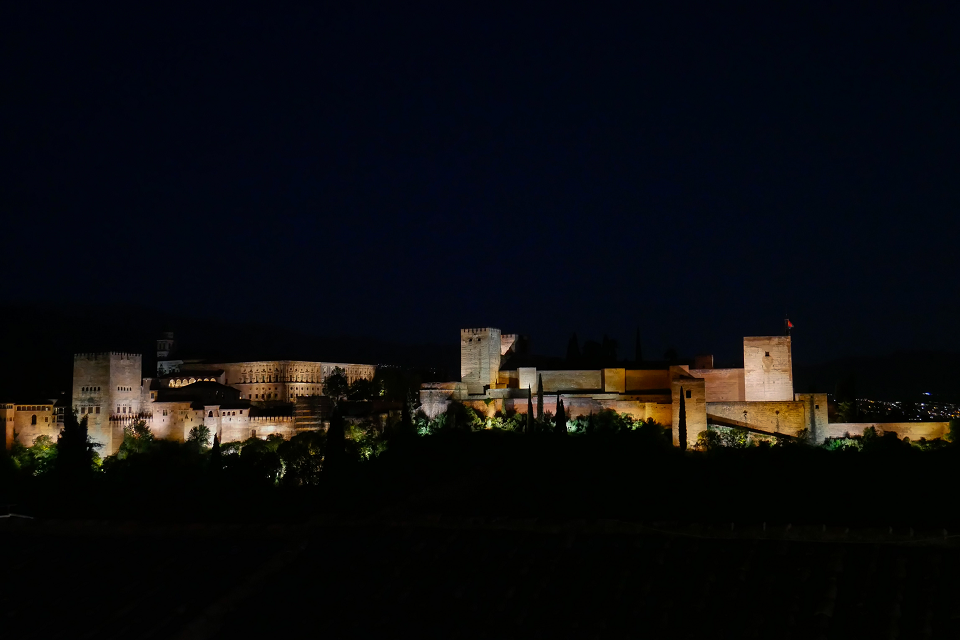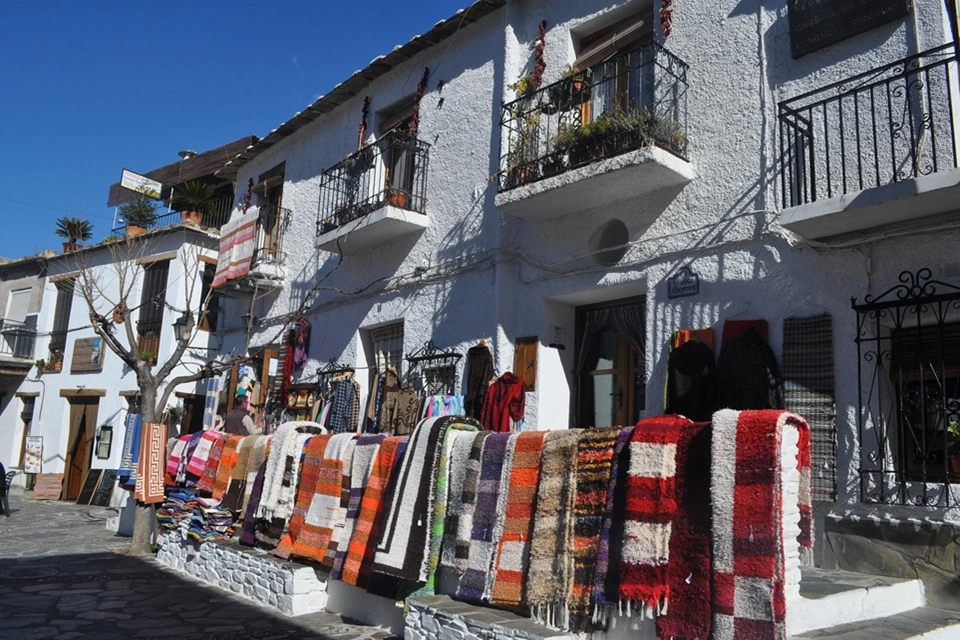Is everything in Granada accessible on foot? Located in the heart of Andalusia in southern Spain, Granada is a city that enchants visitors with its rich history, beautiful architecture and vibrant culture. But is it a walkable city? Let’s lace up our shoes and embark on a journey through its winding streets and historic sights to discover the answer.
The Charm of Walking through Granada
Granada’s layout attests to its centuries-old heritage, with narrow cobbled streets leading to hidden squares, embellished churches and majestic palaces. One of the city’s most iconic quarters, the Albaicín, is a maze of alleys and whitewashed houses dating back to the Moorish period. Walking through this old quarter, you will encounter breathtaking views of the Alhambra, the majestic palace fortress that crowns the city’s skyline.
Beyond the Albaicín is the bustling city centre, where modern shops and restaurants blend seamlessly with historic landmarks such as Granada Cathedral and the Royal Chapel. Pedestrians rule the streets here, making it a pleasure to wander and discover the city’s countless treasures on foot.
Navigating Granada’s Terrain
Although Granada’s historic centre is largely friendly to pedestrians, the hilly terrain can present challenges for some travellers. The slopes and stairs that characterise districts such as the Albaicín and Sacromonte can require some stamina to traverse, but the effort is richly rewarded with panoramic views and encounters with local life.
For those who prefer a more leisurely pace, Granada offers several transport options, including buses and taxis, to cover the city’s height differences. Moreover, electric scooters and bicycles have become popular alternatives for exploring Granada’s streets, giving visitors an efficient and eco-friendly way to travel around.
Cultural Immersion on Foot
One of the joys of exploring Granada on foot is the opportunity to immerse oneself in its vibrant culture. From flamenco performances in intimate cave venues to lively tapas bars serving Andalusian delicacies, the city’s cultural offerings are best experienced up close and personal.
Walking through the Albaicín, you can stumble across spontaneous guitar concerts or craft workshops hidden in hidden corners. Each step reveals a new facet of Granada’s artistic heritage and invites visitors to connect with the city’s soul.
Practical Considerations
While Granada’s compact size and pedestrian-friendly layout make it an ideal destination for walking enthusiasts, there are some practical considerations to keep in mind. During peak tourist season, the city centre can get crowded, especially around popular attractions such as the Alhambra. Planning visits to these sites during off-peak hours can help avoid crowds and ensure a more enjoyable experience.
Moreover, the weather in Granada can vary throughout the year, with scorching summers and chilly winters. It is essential to dress appropriately and stay hydrated, especially when exploring the city on foot during the warmer months.
Conclusion: Everything in Granada accessible on foot?
In conclusion, Granada is indeed a walkable city that invites visitors to explore its historic streets and immerse themselves in its rich cultural fabric. From the winding alleys of the Albaicín to the lively squares of the city centre, every corner reveals a new delight waiting to be discovered.
So while the city’s hilly terrain may present challenges for some travellers, the rewards of exploring Granada on foot far outweigh any obstacles. Whether following the footsteps of Moorish kings at the Alhambra or enjoying tapas in a lively tavern, Granada invites you to slow down, take in the sights and embrace the magic of walking through one of Andalusia’s most enchanting cities. So lace up your shoes, hit the streets and prepare to be enchanted by Granada’s beauty with every step.


